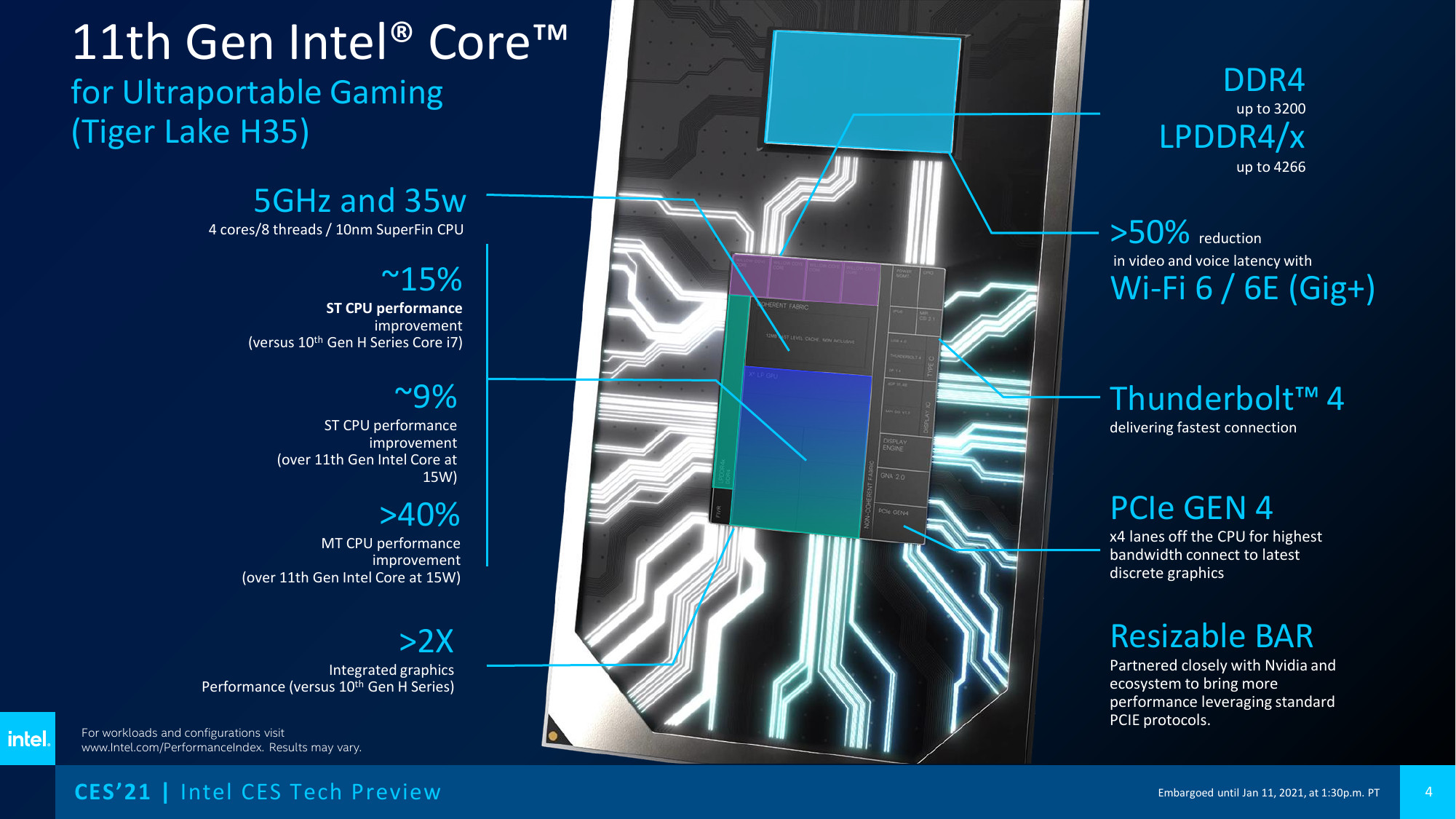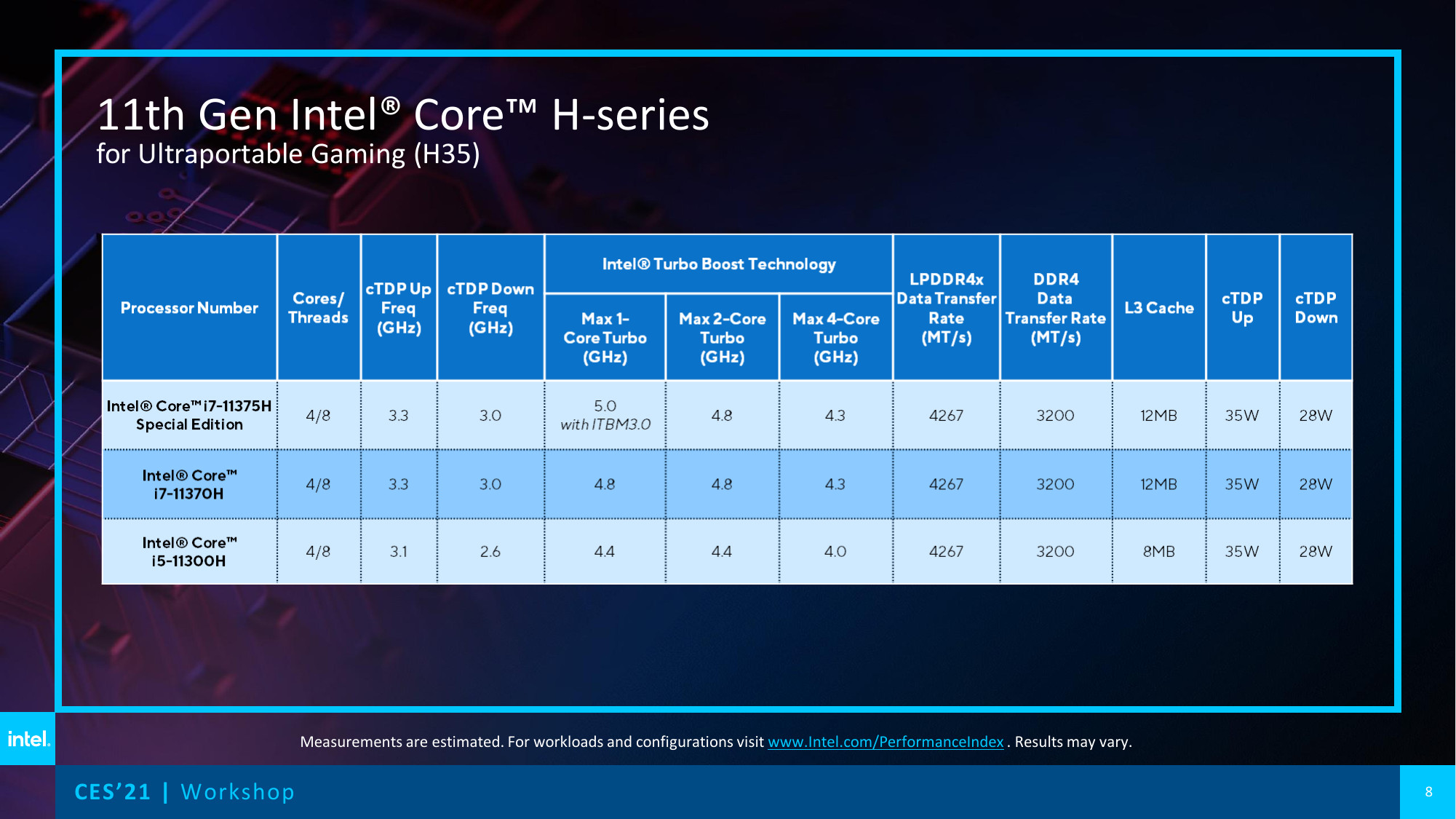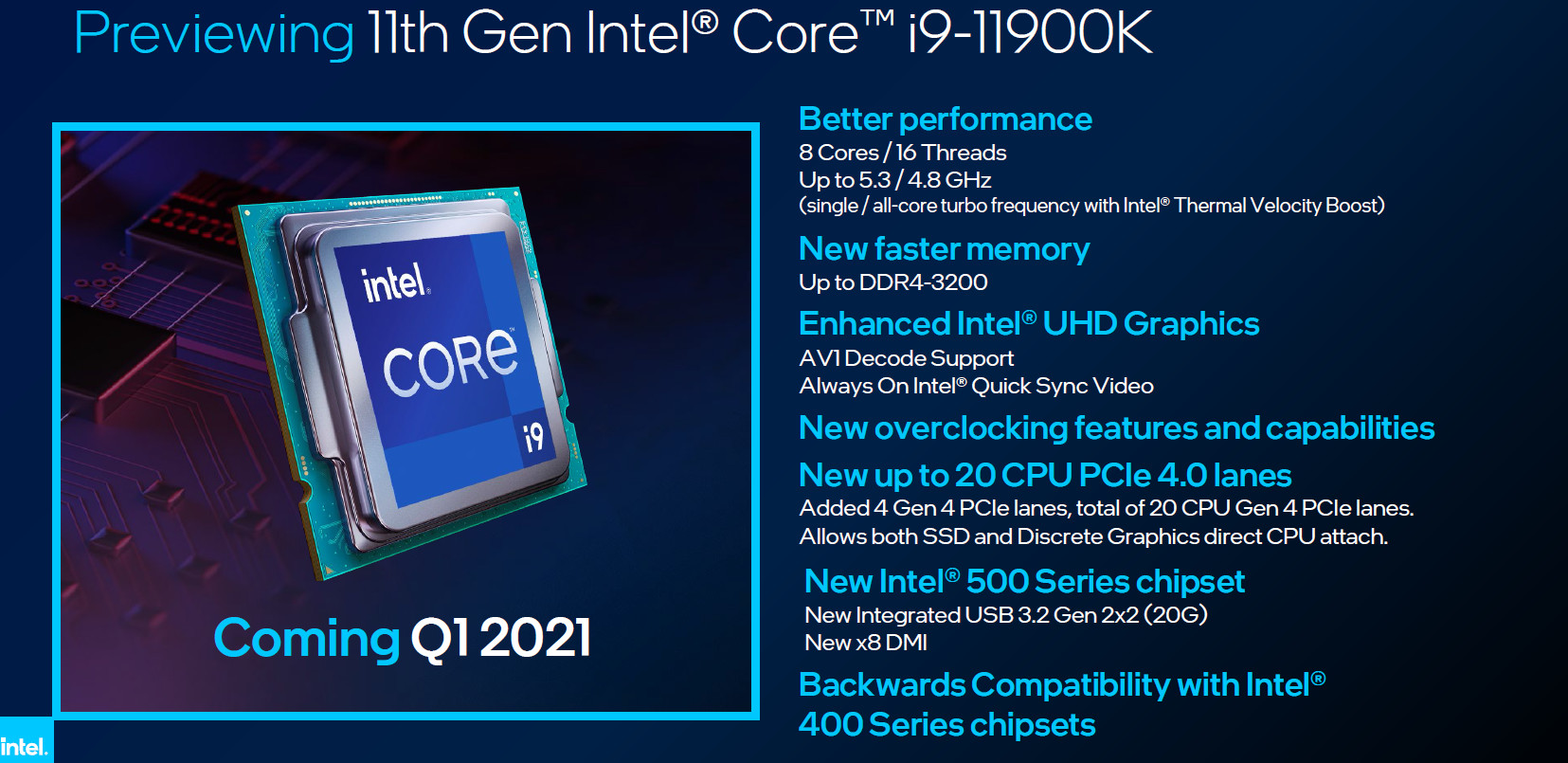-
chevron_right
AMD announces Ryzen 5000 Series Mobile CPUs, RDNA 2 GPUs in the first half of 2021
Liam Dawe · news.movim.eu / GamingOnLinux · Tuesday, 12 January, 2021 - 17:11 · 2 minutes
Plenty of AMD news announced today during the digital CES event, with new CPUs and GPUs on the way for this year including the Ryzen 5000 Series Mobile CPUs and RDNA 2 GPUs.
Much like Intel with their newly announced 11th Gen Intel Core H-series mobile processors, a big focus for AMD is on notebooks as well as the desktop. AMD wants to take the performance crown here, with the Ryzen 5000 Series Mobile CPUs - this is Zen 3 going properly mobile. AMD are claiming an "up to" 16% increase in single-threaded performance and "up to" 14% for multi-threaded over the previous generation.
“As the PC becomes an even more essential part of how we work, play and connect, users demand more performance, security and connectivity,” said Saeid Moshkelani, senior vice president and general manager, Client business unit, AMD. “The new AMD Ryzen 5000 Series Desktop and Mobile Processors bring the best innovation AMD has to offer to consumers and professionals as we continue our commitment to delivering best-in-class experiences with instant responsiveness, incredible battery life and fantastic designs. With our PC partners, we are delivering top-quality performance and no-compromise solutions alongside our record-breaking growth in the notebook and desktop space in the previous year.”
Here's what was newly revealed today for mobile chips:
Model | Cores/Threads | Boost / Base Frequency (GHz) | Cache (MB) | TDP (Watts) | Architecture |
AMD Ryzen 9 5980HX | 8C/16T | Up to 4.8 / 3.3 GHz | 20 | 45+ | Zen 3 |
AMD Ryzen 9 5980HS | 8C/16T | Up to 4.8 / 3.0 GHz | 20 | 35 | Zen 3 |
AMD Ryzen 9 5900HX | 8C/16T | Up to 4.6 / 3.3 GHz | 20 | 45+ | Zen 3 |
AMD Ryzen 9 5900HS | 8C/16T | Up to 4.6 / 3.0 GHz | 20 | 35 | Zen 3 |
AMD Ryzen 7 5800H | 8C/16T | Up to 4.4 / 3.2 GHz | 20 | 45 | Zen 3 |
AMD Ryzen 7 5800HS | 8C/16T | Up to 4.4 / 2.8 GHz | 20 | 35 | Zen 3 |
AMD Ryzen 5 5600H | 6C/12T | Up to 4.2 / 3.3 GHz | 19 | 45 | Zen 3 |
AMD Ryzen 5 5600HS | 6C/12T | Up to 4.2 / 3.0 GHz | 19 | 35 | Zen 3 |
AMD Ryzen 7 5800U | 8C/16T | Up to 4.4 / 1.9 GHz | 20 | 15 | Zen 3 |
AMD Ryzen 7 5700U | 8C/16T | Up to 4.3 /1.8 GHz | 12 | 15 | Zen 2 |
AMD Ryzen 5 5600U | 6C/12T | Up to 4.2 / 2.3 GHz | 19 | 15 | Zen 3 |
AMD Ryzen 5 5500U | 6C/12T | Up to 4.0 / 2.1G Hz | 11 | 15 | Zen 2 |
AMD Ryzen 3 5300U | 4C/8T | Up to 3.8 / 2.6 GHz | 6 | 15 | Zen 2 |
Coming along with that, AMD also announced some new desktop chips coming too, however these new reduced TDP models will only be available to system builders it seems:
Model | Cores/Threads | Boost / Base Frequency (GHz) | Cache (MB) | TDP (Watts) |
AMD Ryzen 9 5900 | 12C/24T | Up to 4.7 / 3.0 GHz | 70 | 65 |
AMD Ryzen 7 5800 | 8C/16T | Up to 4.6 / 3.4 GHz | 36 | 65 |
Also very exciting is the upcoming RDNA 2, AMD's next-generation GPU architecture. AMD confirmed today that RDNA 2 will be coming to gaming notebooks next, with desktop GPUs based on RDNA 2 to follow along. Both of which are being targeted for a release in the first half of 2021. No real extra info was given out on RDNA 2 today though other than the vague window of when to expect them.
AMD also announced more monstrous server chips with 3rd Gen AMD EPYC.
You can watch the full event below:

Watch video on YouTube.com






 Pictured: Atari 5200, 7800 and the Jaguar+CD with the Atari VCS - credit to slaapliedje
Pictured: Atari 5200, 7800 and the Jaguar+CD with the Atari VCS - credit to slaapliedje 


